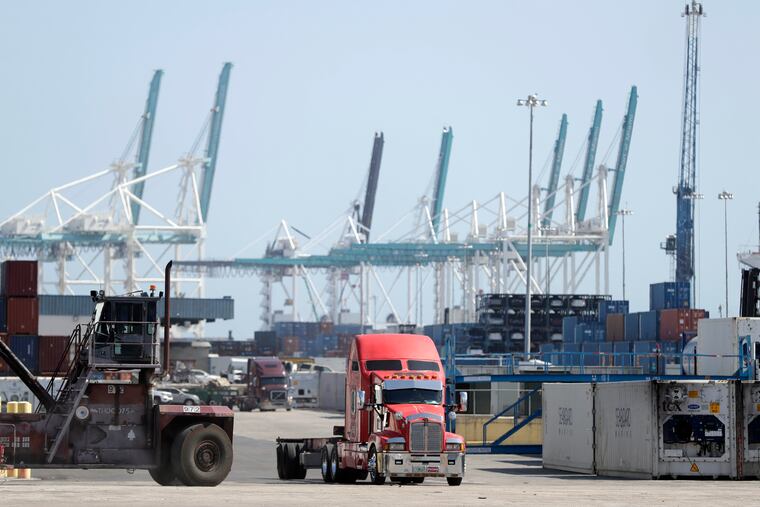U.S. economy grew at 2.1% rate in Q4, but virus threat looms
The U.S. economy grew at an annual rate of 2.1% in the final quarter of last year, but damage from the spreading coronavirus is likely depressing growth in the current quarter and for 2020 as a whole.
